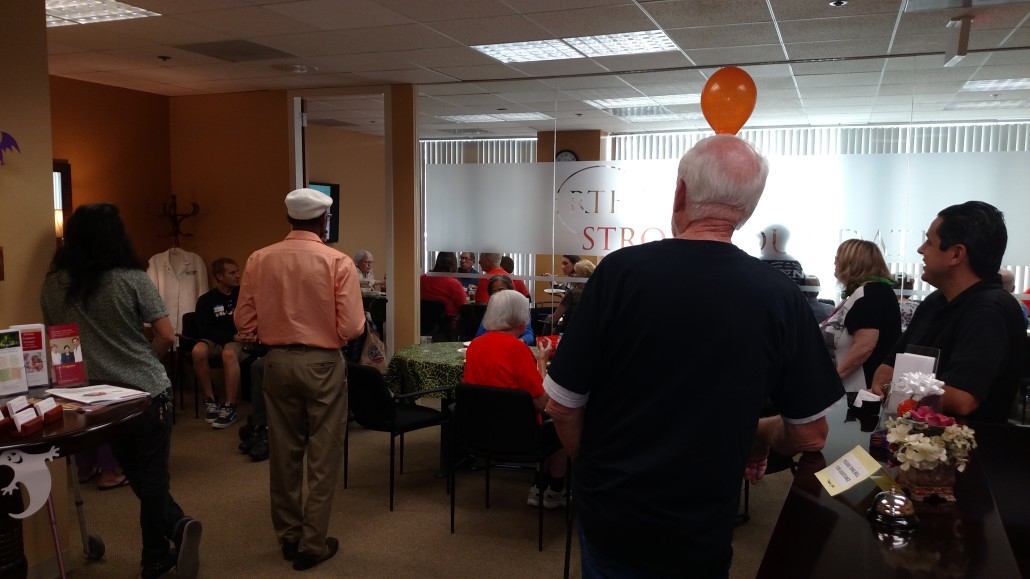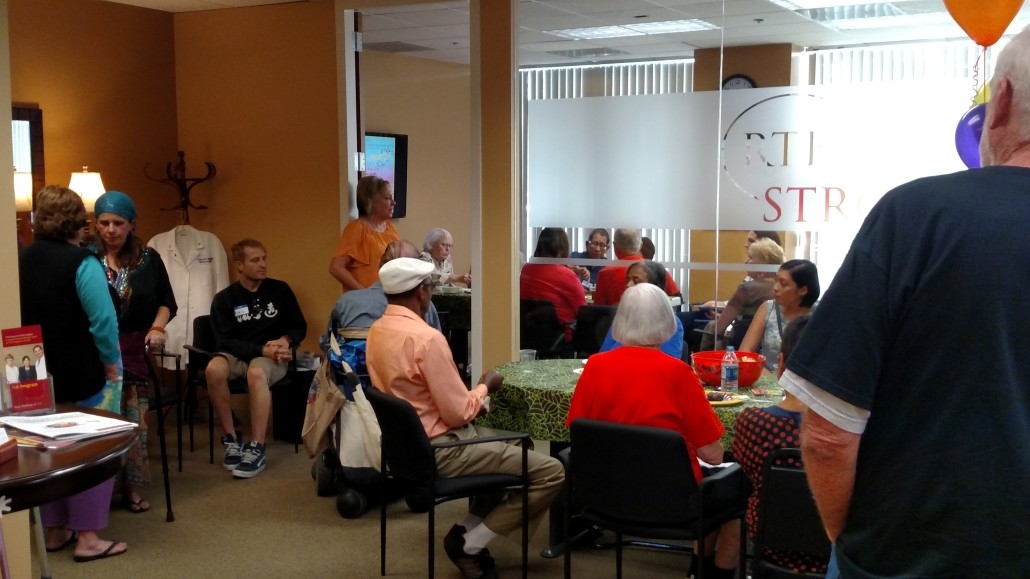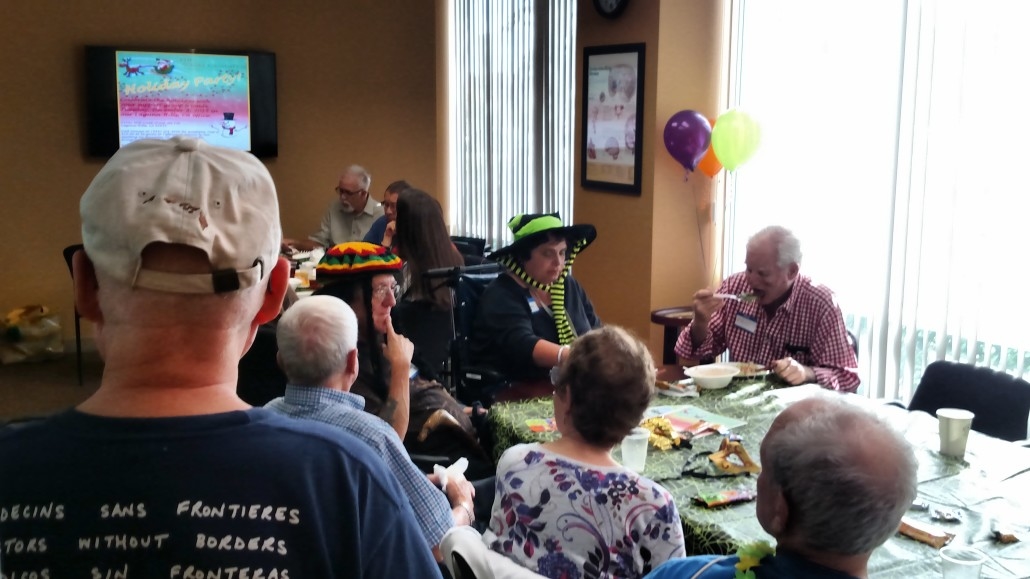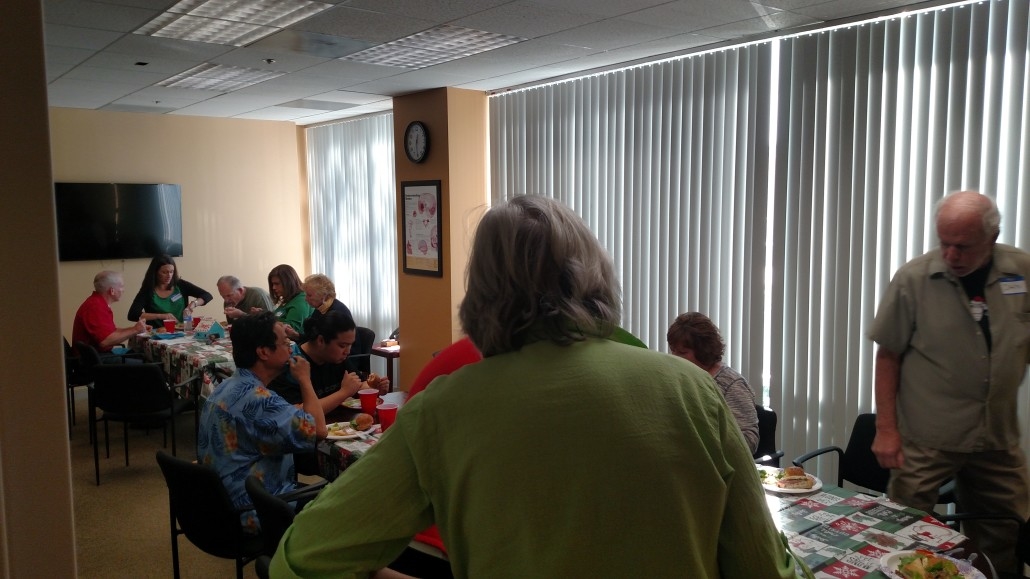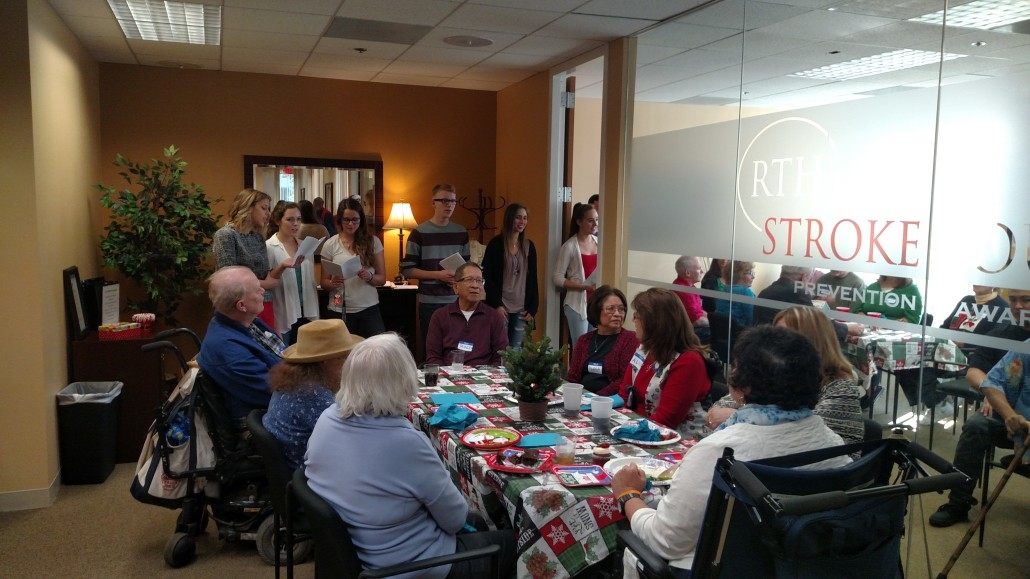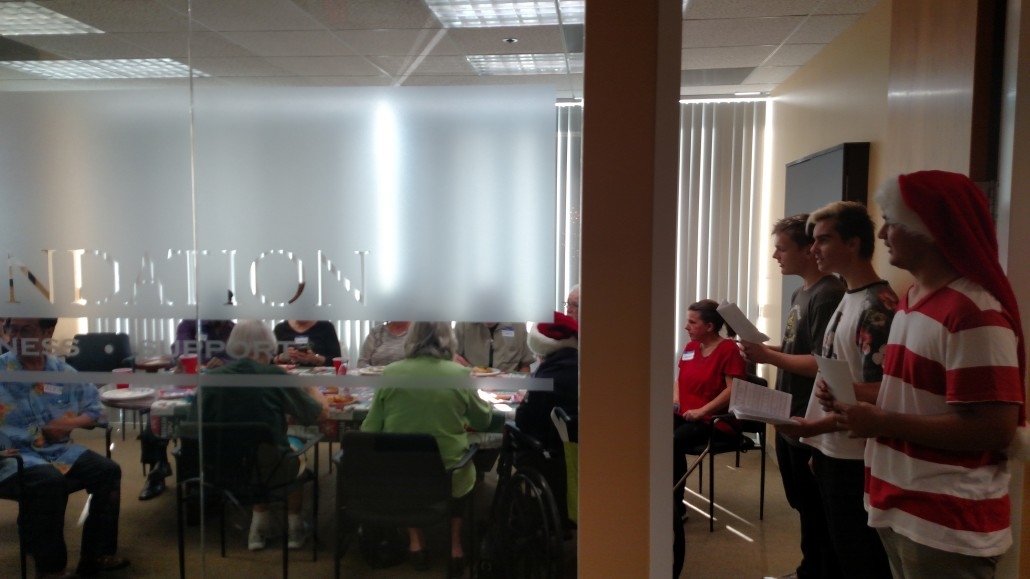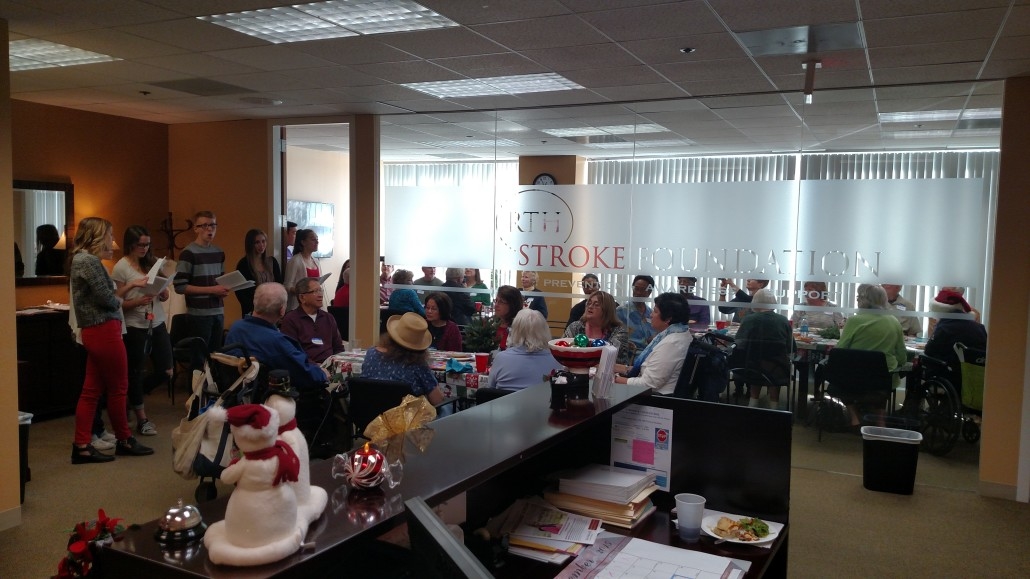Aller chauve? Ce n’est peut-être plus un problème
Le finastéride a été développé pour les hommes qui avaient des glandes prostatiques enflées. Les recherches ont remarqué que l’un des effets secondaires était une augmentation de la croissance des cheveux. Ils ont développé une version à plus faible dose et l’ont nommée Propecia. Propecia est utilisé pour le traitement de la perte de cheveux chez les hommes. La perte de cheveux chez l’homme est une condition dans laquelle les hommes subissent un amincissement des cheveux. C’est une condition très courante. Cela se traduit généralement par une perte de cheveux ou une calvitie sur le dessus de la tête. Propecia est conçu pour être utilisé uniquement par les hommes. Il ne doit pas être utilisé par des femmes ou des enfants. Le finastéride affecte le développement pendant la puberté et peut provoquer des anomalies congénitales chez la femme enceinte. Propecia peut être absorbé par cette peau, par conséquent, les comprimés de Propecia ne doivent même pas être touchés par les femmes susceptibles de devenir enceintes ou par les enfants.
Ce que montre la recherche
Des études ont montré que Propecia, lorsqu’il est correctement pris, sans pauses, fonctionne chez environ 90% des hommes. Bien qu’il ne soit pas fait pour les femmes, les femmes qui n’ont pas l’intention de devenir enceintes peuvent prendre Propecia et des études ont montré une amélioration dans de nombreux cas. Ils ne devraient jamais le faire sans consulter d’abord un médecin.
Comment fonctionne Propecia
Propecia agit en empêchant la testostérone d’être changée en dihydrotestostérone. La dihydrotestostérone est une hormone qui aide les hommes à développer les caractéristiques qui les font paraître masculins. Cependant, si vous êtes sujet à la perte de cheveux, la dihydrotestostérone peut se fixer aux récepteurs de vos follicules pileux et les affaiblir et disparaître. La réduction de la dihydrotestostérone ou la prévention de la transformation de la testostérone en dihydrotestostérone est un moyen de réduire la gravité de la perte de cheveux. Propecia fonctionne selon la deuxième méthode, empêchant la testostérone de devenir dihydrotestostérone. Il le fait en bloquant l’enzyme 5α-réductase. Cela permet aux cheveux de repousser à partir des follicules précédemment affectés par la dihydrotestostérone. Il réduit la quantité de dihydrotestostérone dans le corps et ne fonctionne donc pas seulement sur une zone du cuir chevelu mais sur toute la tête.
Doit être pris régulièrement
Une fois que vous commencez à prendre Propecia, vous devez continuer à le prendre sans vous arrêter. Si vous arrêtez, la quantité de Propecia dans votre corps diminue rapidement et la perte de cheveux normale peut recommencer. Cela comprendra la perte de tous les nouveaux cheveux qui ont commencé à pousser pendant la prise de Propecia. Vous devez permettre à la quantité de Propecia dans votre corps d’être à un niveau élevé en continuant à en prendre. Vous devez prévoir de prendre Propecia indéfiniment, ou du moins jusqu’à ce que vous ne vous souciez plus de la quantité de cheveux que vous avez. C’est un engagement à vie.
Combien de temps faut-il pour travailler
Propecia met un certain temps à agir, car la croissance des cheveux ne se produit pas rapidement et, par conséquent, cela peut prendre des mois avant qu’une différence ne soit remarquée. En fait, certains hommes remarquent une augmentation de la chute des cheveux lors de la première prise de Propecia. Un peu de panique à ce moment-là, mais c’est vraiment une bonne chose, car ce ne sont que les vieux cheveux qui font place à la nouvelle croissance des cheveux. La plupart remarqueront qu’après environ 6 mois, une nouvelle pousse de cheveux a commencé et les cheveux semblent plus pleins et plus sains. Comme indiqué précédemment, vous devez attendre, parfois jusqu’à un an, afin de déterminer si Propecia fonctionne pour vous. Si vous ne trouvez aucun changement dans vos cheveux après un an, consultez votre médecin, mais vous pouvez être l’un des hommes pour lesquels Propecia n’aide pas. Si vous êtes chauve mais pas par le processus de calvitie masculine, Propecia n’est peut-être pas pour vous.
Effets secondaires
Propecia a certains effets secondaires potentiels et ceux-ci doivent être considérés avec soin. Il y a eu des rapports de baisse de la libido. Cela pourrait être un problème si la raison pour laquelle vous voulez garder vos cheveux est d’être plus attrayante pour le sexe opposé. Autres problèmes liés à la sexualité tels que des problèmes d’éjaculation. Cela peut également augmenter votre risque de développer un cancer de la prostate. Cela peut provoquer une dépression, de l’anxiété et, dans certains cas, une augmentation du tissu mammaire. Vous devriez certainement discuter de vos antécédents médicaux avec votre médecin si vous envisagez de commencer Propecia, et il vous posera des questions sur les antécédents médicaux pour voir si vous êtes un bon candidat pour ce produit.
Note finale
Il y a une autre chose à noter. Vérifiez auprès de votre compagnie d’assurance car certaines polices d’assurance peuvent ne pas couvrir la dose inférieure de finastéride contenue dans Propecia, alors qu’elles peuvent couvrir la dose plus élevée de finastéride qui est prescrite pour la réduction de la prostate. Assurez-vous qu’ils prendront le même engagement à vie envers le produit que vous devrez faire.





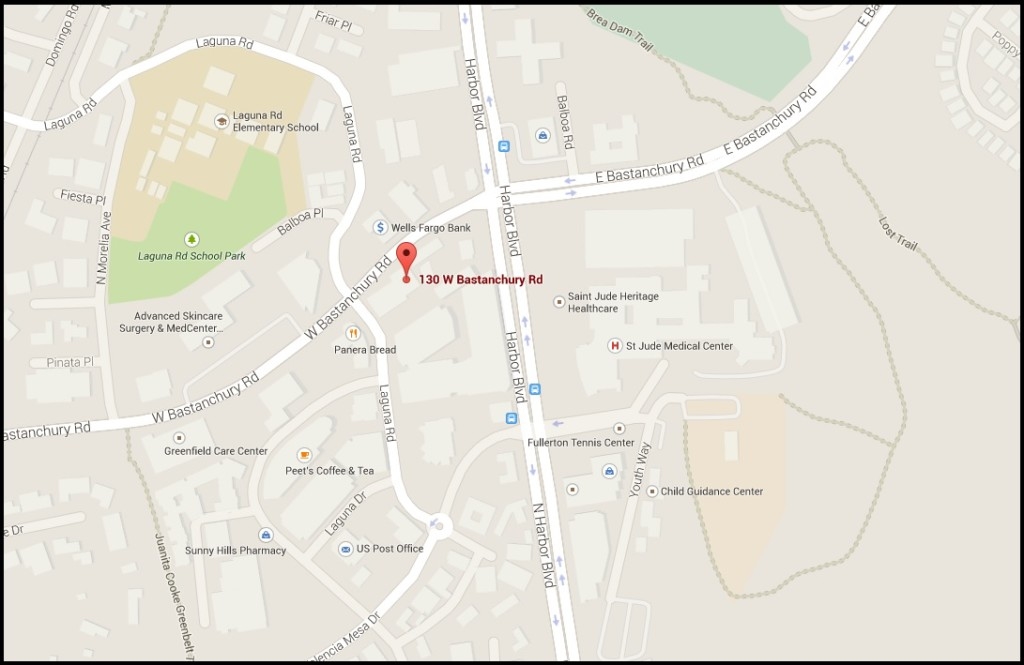

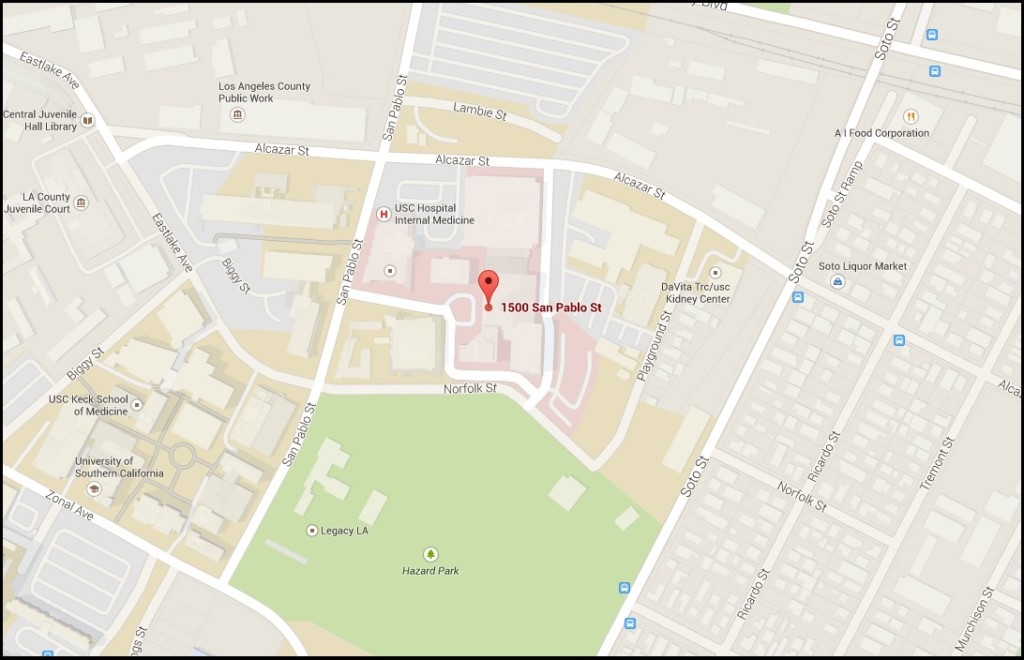
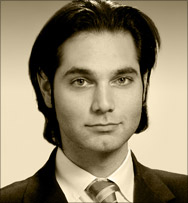 Nerses Sanossian, MD, FAHA
Nerses Sanossian, MD, FAHA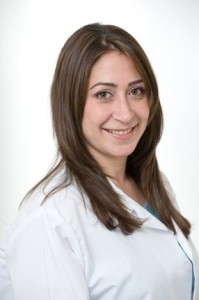
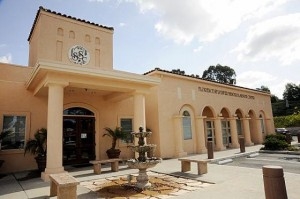 Cheryl Wieland, RN-BC, BSN, CCM Age Well Senior Services
Cheryl Wieland, RN-BC, BSN, CCM Age Well Senior Services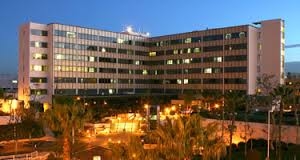
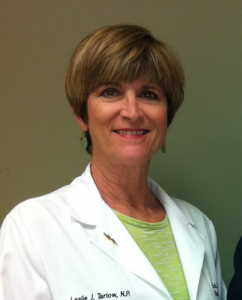 Leslie J. Tarlow, RN, MSN, GNP-BC
Leslie J. Tarlow, RN, MSN, GNP-BC